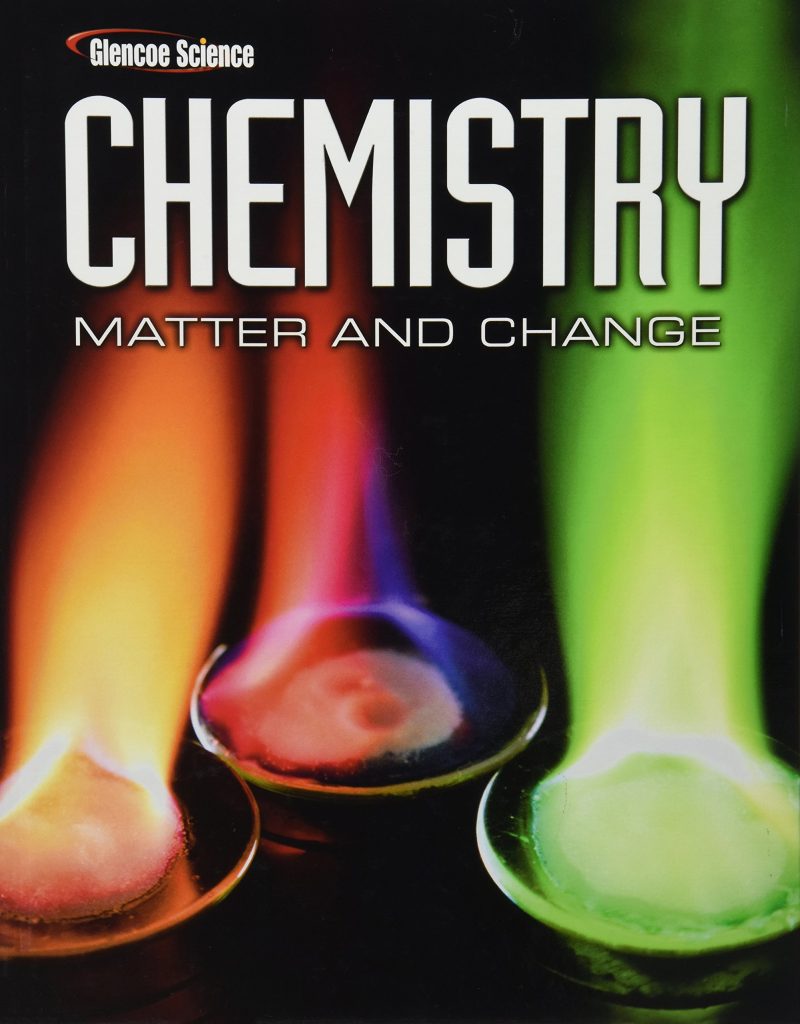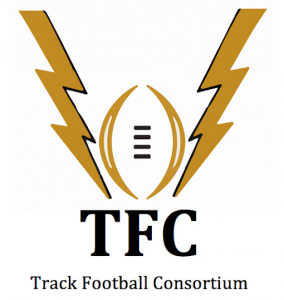
The Origin and Philosophical Basis of “Feed the Cats”
I coined “Feed the Cats” 20 years ago. It began with the realization that jumpers and sprinters were fast-twitch athletes, like cats. When Chicago Leo beat one of my best-ever Harrisburg teams in 1998, they beat us with cats. My 400 and 800 runners were terrific athletes but they weren’t cats. My entire coaching philosophy changed because my should-have-been state championship team left the 1998 state meet with our tails between our legs and tears in our eyes.
“Failure is the opportunity to begin again, only this time more wisely.” – Henry Ford
If speed was essential in 14 of the 18 events of track & field, speed would be my focus. If cats win championships, my program would attract cats. Once I had attracted cats, I would “feed the cats”.
Another factor in my conversion involved my oldest son, Alec. Alec, age 12 at the time, wanted to play baseball. I thought to myself, if Alec plays baseball instead of running track, what kind of program am I running? Pretty sad when one of the most powerful small-school track programs in the state can’t attract the coach’s own kid.
My plan was simple. I would create a training system attractive to our school’s best athletes and by doing so, we would dominate the sprints and jumps. I theorized that a program of low-dose sprinting and prioritized rest would attract fast-twitch athletes. I vowed to train my athletes like cats. Cats don’t jog. Cats sprint and sleep. I would turn tradition upside down. Every fast kid in the school would join the track team in the spring.
My strategy was to load my team with great athletes and then under-train them. Everything went through the filter of making it fun for kids. If not fun, practice would, at the very least, be short in duration and high-spirited. I wanted to create a family-like culture where kids would eventually say, “Track is my favorite sport”.
My teams would be under-trained, but we would win because of our superior talent and our love of the sport. People are really good at things they like. People become obsessed with things they love. Maybe staying healthy would outweigh our lack of conditioning. Staying happy and healthy became my dominant thought. Even if my experiment failed, at least kids wouldn’t hate track like I did in middle school, high school, and college. Like all scientists on the verge of discovery, I had a hunch that I might be onto something.
Football was another piece to the puzzle. I decided my workouts would closely resemble the workouts of football players preparing for the NFL Combine. I visited a respected professional trainer at D1 Sports Training in Nashville. I remember one thing he said verbatim, “If you are doing something for more than five seconds, you are not working on speed.” The 40 yard dash became the centerpiece to my training program. At the time, I had not yet realized the 40 yard dash was perfect for sprinters. Three-quarters of the 40 is acceleration, the last quarter is max speed. And, the dose is less than five seconds.
1998 coincided with the dawn of affordable desk-top computers. I learned how to use spreadsheets. Record, Rank, and Publish was born. Rankings were “published” on a bulletin board in the main hallway of Harrisburg High School. My reason for beginning RRP (not to be confused with RPR!) was probably my own geeky interest in numbers and stats. However, I quickly learned that RRP was an amazing way to “Feed the Cats”. Cats may appear lazy to slow white guys but I’ve learned that cats are freaky competitive. Sprinters are much more competitive than the typical distance runner. Some distance runners just run. Cats race.
After ten years of unusual success, I met my kindred spirit, Chris Korfist. Chris may have done things in radically different ways but our theories of dosage and approach were identical. I heard Chris speak at a clinic and couldn’t control my excitement. I was not alone! It was as if Charles Darwin had found a scientist from another continent who had written “On the Origin of Species” in different language but the conclusions were identical.
By 2008, I understood low-dosage max-speed sprinting with prioritized rest did, in fact, attract cats. I also knew my low-dose methodology improved speed. I had ten years of data to prove it. Chris Korfist CONFIRMED my conclusions. My poorly-trained, poorly-conditioned sprinters were doing exactly what they should be doing. Grueling high-volume workouts were wrong and had always been wrong. Speed is a skill that must be practiced fast in low dosage with lots of rest. I now tell people “Sprint as fast as you can, as often as you can, while staying as fresh as you can.” I’m 100% certain of this.
Since I met Chris ten years ago, I’ve been sent things written by Charlie Francis and Vince Anderson that echo many of the things I found on my own. I guess no one has a truly original thought. I’ve also witnessed dozens of track programs who bought into “Feed the Cats” and experienced amazing success. Edwardsville H.S. is one of them. Edwardsville, coached by Chad Lakatos (Harrisburg, 1993), won state championships in 2015 and 2017. They finished 2nd in 2012, 2014, and 2016.
My transition to “Feed the Cats” in 1998 paid immediate dividends. In the next five years my Harrisburg team won the Illinois state championship in the 4×1 an amazing four times. Between Harrisburg and Plainfield North, both of my Franklin 4×1 teams (’05 and ’06) medaled at the Tennessee state meet. In my 11 years at Plainfield North, our average best time in the 4×1 is 42.33. Last year, we broke our school record, running 41.67. We will break it again next year.

The Ten Commandments of “Feed the Cats”
♦ Do high quality work with maximum focus over the least amount of time possible
♦ Prioritize rest, recovery, and growth; never underestimate the power of being happy and healthy
♦ Never forget – people naturally are good at what they like and are OBSESSED with what they love
♦ Promote your program with unrestrained enthusiasm
♦ “Record, Rank, and Publish” to feed the competitive nature of your fast-twitch athletes
♦ Never force-feed
♦ Never grind
♦ Never crush the physical or emotional soul of your athletes
♦ Never inflict physical punishment – punish only by taking away the opportunity to do the work
♦ Never forget, “Light a fire, don’t fill a pail.”
Can other sports “Feed the Cats”?
Modern football is a game of speed. Spreading the field has resulted in the extinction of slow players. For all players, with the exception of kickers and Peyton Manning style quarterbacks, the number one metric to get into NCAA football or the NFL is speed. The 40 yard dash will make or break you. If modern football is a game of speed, then football coaches could learn a thing or two from “Feed the Cats.
I recently wrote a trilogy of articles detailing how to transition from an old-school football program to a speed-based program. There may have been more, but I know of two Illinois high school programs who transitioned to prioritize speed. Those two teams went 22-2. I had the opportunity to “Feed the Cats” as the freshman football coach at Plainfield North (2010-2015) where we went 49-4 averaging over 44 points per game.
♦ New Ideas for Old School Football Coaches
♦ Football Dosage and Approach ⇒ FAQ
♦ Football: Differentiating Sprint Practice and Non-Sprint Practice
Basketball is more aerobic than football but arguably just as much fast-twitch. Basketball may appear to be constant movement, but speed and quickness are the keys to success. If given the choice of playing with race horses or plow horses, I would choose the former. Do fast-twitch cats make good basketball players? Hell yes.
I recently published my ideas on basketball.
How about lacrosse, soccer, volleyball, etc? I think every non-endurance sport should prioritize fast-twitch muscle fibers. Every non-endurance sport should strive to improve acceleration, max-speed sprinting, and explosion. Constant consideration should be given to rest, recovery, and growth. Cats sleep 20 hours a day.
I believe every non-endurance sport should strive to prioritize happy and healthy athletes. Sports in America blossomed after WWII. Sports were a way to turn boys in to men. Women didn’t fight Nazis so they didn’t play sports. Soldier-based training was prevalent in all sports 75 years ago. In many high schools, misguided coaches still conduct practice like boot camp. Military posters are found in too many locker rooms. “Feed the Cats” will never be confused with boot camp, and that’s a damn good thing.

Chemistry teachers can “Feed the Cats” too!
“Education is not the filling of a pail, but the lighting of a fire.” – William Butler Yeats
The quote above sits on my desk at school. Yeats is my daily reminder that curriculum doesn’t matter.
Just as sprinters run faster when they are happy and healthy, students learn best when they enjoy what they do.
Just as sprinters respond to low-dose training, students respond to a less-is-more, quality over quantity approach.
Just as athletes who love their sport become obsessed with training, students are insatiable when they fall in love with their studies.
Everything I do in teaching Honors Chemistry goes through the filter of “Feed the Cats”. Is this typical in schools? What do you think?
Schools force-feed curriculum to students every single day. The political “war on education” has forced schools into an all-consuming quest for higher ACT and SAT scores, disregarding the toll it takes on students.
When I was a kid, maybe five years-old, my mom made me eat broccoli. I threw up and mom got mad. Strange memory, huh? Well that is what we do to high school students. We make students eat broccoli and they throw up. They rebel. They cheat. Love of learning isn’t nurtured, it’s extinguished.
Should we allow students to eat candy instead? No, of course not. I believe you must creatively cook the broccoli, then sell broccoli to kids with creativity and enthusiasm.
I read “A Tale of Two Cities” when I was 13 and I loved it. I loved it mainly due to the enthusiasm of my teacher, Mrs. Kasbeer. “It was the best of times, it was the worst of times, it was the age of wisdom, it was the age of foolishness, it was the epoch of belief, it was the epoch of incredulity, it was the season of light, it was the season of darkness, it was the spring of hope, it was the winter of despair.” When teachers are allowed to teach with freedom, their enthusiasm is always contagious.
What do we do if students still won’t eat their broccoli? Then you force-feed, right? Nope. You find alternative things to eat. There are hundreds of vegetables from which to choose. Who has the authority to mandate one vegetable over another? One book over another? One course over another?
I work at an excellent school. My principal asked every teacher what our school did well. My answer, “The trains run on time.” This was not the answer my principal expected. I would give my school an A+ for organization and discipline. It’s the education that bothers me.
Recently I was forced to change my classroom management. I was told I gave too many teacher-generated tests and had too many labs, creating a point total that overwhelmed our mandated district-standardized tests. Even worse, I was not lock-step with others who taught the same course. I tried to explain that our standardized tests are flawed and unfair (our first year of giving them). To make a long story short, I got out-voted by a couple of younger teachers. The tests I write are now limited in number and my point totals are capped. The number of lab reports produced in my class are now limited to match the other teachers of the same course. If everyone doesn’t “Feed the Cats”, no one will.
I emailed my department chair. “My fear is that education will continue towards standardization. Someday teachers will read from a daily script and use standardized PowerPoints. Teachers will hand out standardized worksheets and provide standardized study guides preparing kids for standardized tests. Schools will proudly publish the data in the spirit of accountability. Students will, of course, hate school and cheat at every opportunity. The good news: every kid will have the same experience. Education will be reduced to the lowest common denominator.”
My best teachers were artists, they didn’t paint by number.
At a Christmas Eve breakfast, Chris Korfist said to me, “We are planting cut flowers.” Wow, what a metaphor! Instead of preparing the soil, planting seeds, and watering daily, we are sticking cut flowers into the dirt. The cut flowers have no roots and they die.
Looks like we have a choice. Do we force-feed broccoli, plant cut flowers, or “Feed the Cats”? In other words, do we force it, fake it, or light a fire?
+++
Tony Holler (630) 849-8294, tony.holler@yahoo.com
+++
Feed the Cats Track Bundle – 50% off the Feed the Cats Certification Track Package
Feed the Cats Football Bundle – 50% off the Feed the Cats Football Package
Want all the Feed the Cats stuff (track, football, speed)? Get them all for only $255. Click here.


The corporating of America has now infected our classrooms! As always Tony you’ve out done your self, Feeding the Fire Daily!
Great article Tony, love Kris’ metaphor about planting cut flowers. As I spent 40 years in the classroom I too was bothered by a management desire that all classrooms be clones of one year another. Hence I spent my last the last two years in athletics only. Our sprinters love coming to track practice using Feed The Cats! Our head coach does a great job of RRP and using our FreeLap to keep our sprinters excited. Keep up the great work!
Thank you Joe! The two of us would shake up the education establishment if given the chance! Keep Feeding the Cats and Recording, Ranking, and Publishing.
We need more coaches, teachers and leaders (all the same) as Coach Holler. Thank you for leading!
Parent of a Student Athlete at PNHS
Thank you!